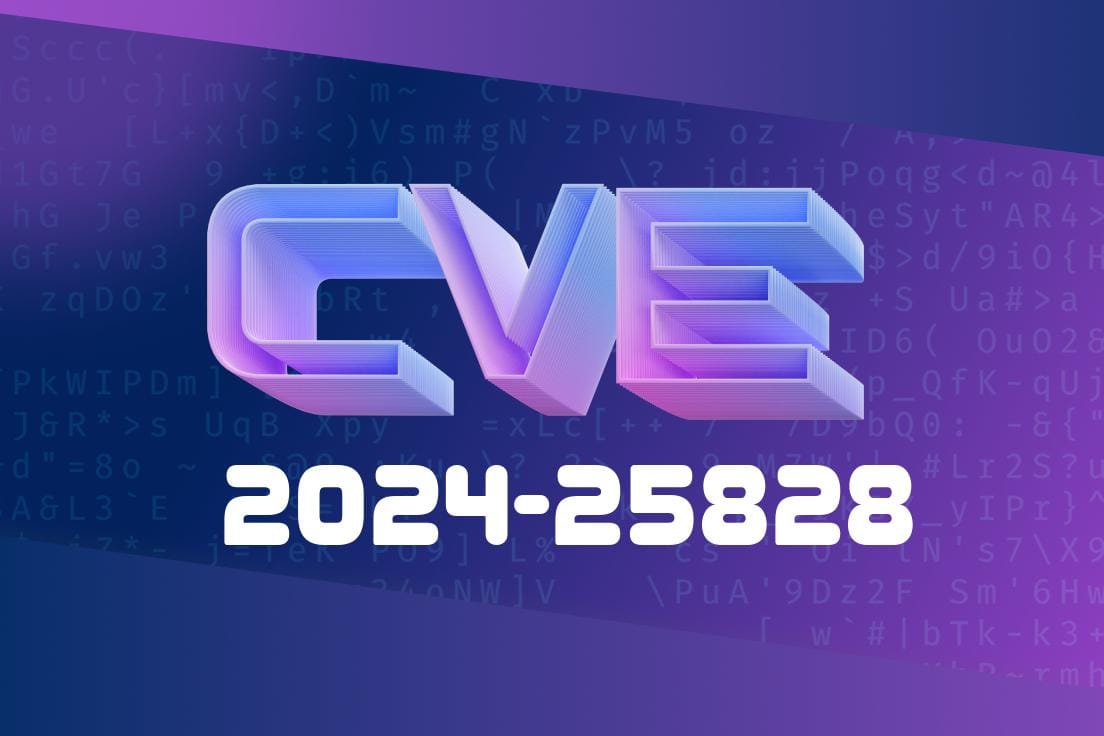cmsEasy V7.7.7.9, a popular content management system (CMS), has been detected with an arbitrary file deletion vulnerability that potentially allows an attacker to delete any file on the target server. This vulnerability, labeled as CVE-2024-25828, is caused by an unprotected code execution pathway in the "lib/admin/template_admin.php" file. In this post, we will extensively discuss the issue and explain the steps to exploit this vulnerability.
Introduction
cmsEasy is a widely used CMS that offers a user-friendly interface, seamless integration, and a range of features for website administration. However, its latest version V7.7.7.9 has been found susceptible to a severe security vulnerability with the potential to compromise critical files and data on the system. To provide a comprehensive outlook on this vulnerability and its impact, we will present a detailed breakdown of the problem and share key insights into its exploitation.
Code Snippet
The root of this vulnerability lies in the "template_admin.php" file located within the "lib/admin" directory. The following code snippet shows the unsafe file deletion function:
function file_action_delete($file)
{
if (@unlink($_SERVER['DOCUMENT_ROOT'].'/config/'.$file))
{
echo 'File "'.$file.'" deleted.';
}
else
{
echo 'Could not delete file "'.$file.'".';
}
}
As we can see, the function accepts a variable $file as an argument and attempts to delete the selected file without any proper validation or checks in place.
Original References
1. cmsEasy V7.7.7.9 Official Website
2. CVE-2024-25828 Official CVE Details
Exploit Details
To successfully exploit this vulnerability, an attacker must follow a series of steps as outlined below:
1. Gain access to the server: The attacker needs to first acquire valid credentials or obtain unauthorized access to the cmsEasy administration panel.
2. Create a malicious PHP file: The attacker must then create a malicious PHP file with the desired payload or code. This file should be prepared to execute the attacker's commands on the target server.
3. Upload the malicious file: Next, the attacker needs to upload this malicious PHP file to the server using various techniques such as exploiting an existing file upload vulnerability or using social engineering tactics.
4. Execute the file deletion function: With the malicious file in place, the attacker can manipulate the file_action_delete() function by passing the appropriate file path as a parameter. For example:
`php
file_action_delete('../../../malicious_file.php');
`
5. Complete the exploitation: Upon successful deletion, the attacker would have exercised arbitrary control over the server's file system and potentially gained unauthorized access to sensitive data, configuration files, or logs.
Conclusion
This discovery highlights the importance of promptly identifying and addressing vulnerabilities in widely used CMS platforms like cmsEasy. The arbitrary file deletion found in cmsEasy V7.7.7.9 – CVE-2024-25828 – poses a significant risk to the integrity of web applications and their host servers. As such, thorough security measures, including proper validation and sanitation of user inputs, must be put in place to avoid future exploitations.
Administrators using cmsEasy are encouraged to keep a watchful eye on the platform's official updates and promptly apply patches and fixes to mitigate potential threats. It is crucial to maintain a secure environment by staying well-informed of the latest developments in cybersecurity and vulnerability research.
Timeline
Published on: 02/22/2024 16:15:54 UTC
Last modified on: 02/22/2024 19:07:27 UTC
